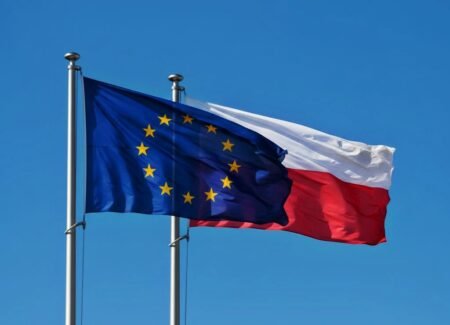Around 816 million cigarettes and 240,000 litres of alcohol were seized by EU customs over a 10 month period in 2013, a report published by the Commission on 16 June reveals.
Advertisement
The report details the planning, implementation and results of “DISMANTLE”, a targeted customs operation to tackle the risk of smuggling and fraud in excise goods. Between March and December 2013, customs controls were increased at the eastern border, on the basis of common risk criteria and real-time information exchange between EU customs authorities. During that period, seizures in smuggled tobacco reported in the Common customs risk management system increased considerably by 105% compared to the same period in 2012. Around 1/3 of the quantity seized came from source countries targeted through DISMANTLE, notably Russia, Ukraine, Belarus, Bosnia-Herzegovina and Serbia. Half of the total seizures of smuggled tobacco came by sea from Asia, the Middle East and North Africa, while the remaining 10% were of unknown origin. Based on the findings of DISMANTLE, the report presents a number of specific recommendations to ensure better risk targeting of smuggled excise goods in the future.
DISMANTLE is what is known as a priority control action (PCA), whereby customs undertake common and intensified controls to target specific risks. The benefit of such actions is that they help identify illicit patterns, investigate similar cases and pinpoint where further improvements can be made in customs activities to clamp down on smuggling.
Among some of the main findings of DISMANTLE were:
- There is a wide diversity between national customs control policies in the EU
- Sharing expertise, working jointly on risk analysis, and monitoring the impact and results in real time, can deliver very successful results (e.g. 5 cases of transnational fraud were uncovered thanks to common data analysis, that would not otherwise have been detected).
- There are a significant number of smuggling cases via rail traffic, with the contraband goods hidden beneath a first layer of other goods
- The risk of “green borders” i.e. smuggling through a point in the border where there is no customs post (such as a village / river) needs to be addressed. Mobile customs units could be very effective in this respect.
- The majority of smuggled cases were small or medium quantities, brought into the EU by passengers
- A number of cases of evasion happened within EU intra-community movements, rather than at the border.
On the basis of these findings, a series of recommendations are made in the report. Notably, it underlines the need for continued and deepening cooperation between customs authorities and investigators, ensuring the quality, accessibility and timeliness of collected data, and pursuing measures to improve the capacity for electronic risk profiling.
Further information on customs controls







